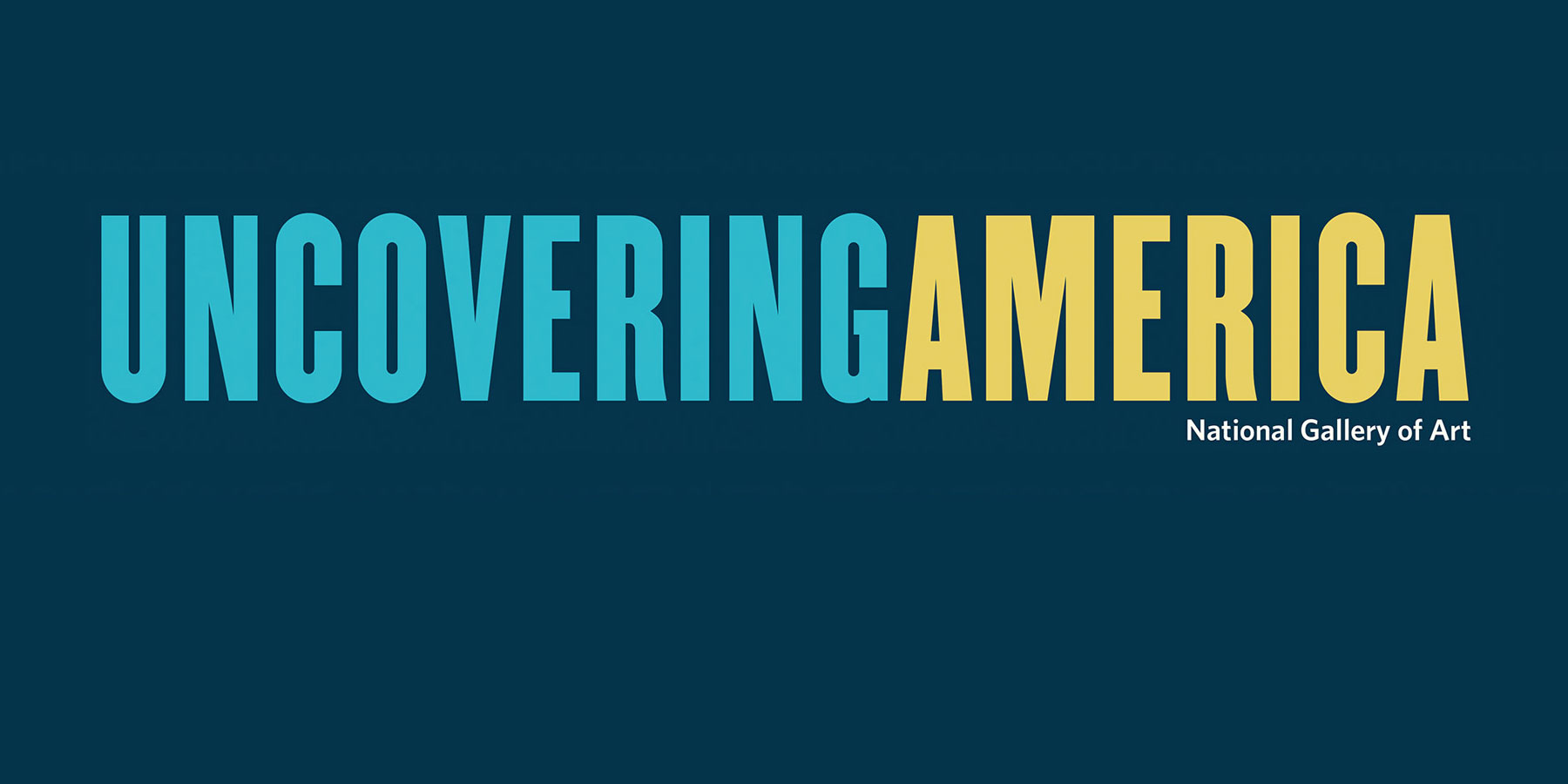
Clarissa Sligh, She Sucked Her Thumb, 1989, cyanotype, Corcoran Collection (Gift of the Friends of the Corcoran Gallery of Art), 2015.19.4483
Many artists, including Deborah Luster, Jim Goldberg, and Clarissa Sligh, combine words with pictures in their art. Examine and compare works by these artists with your students. Why might the artist have used text alongside images? Where did they get their images and text, and why might that matter to the meaning of the work of art? What might the overall message of each artwork be? Share information as needed to help deepen your students’ understanding of the artworks.
Next, invite your students to explore their own identity using words and pictures. What do they want to communicate or explore about themselves through art? How will the source of their images and text contribute to the meaning of the work? Following the examples of Sligh, Luster, and Goldberg, students might recontextualize a childhood event or memory, write descriptive and interpretive text, or share a personal story.






